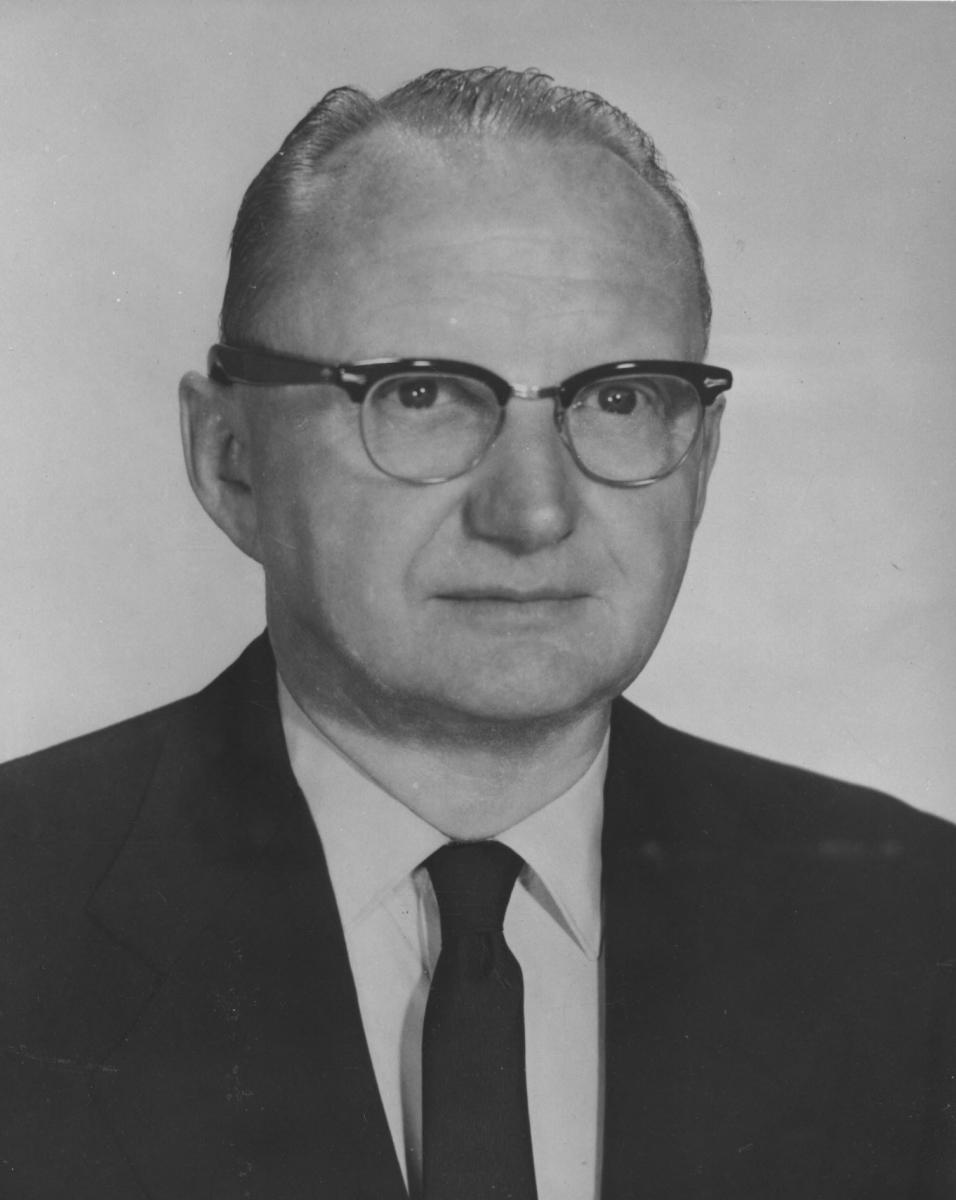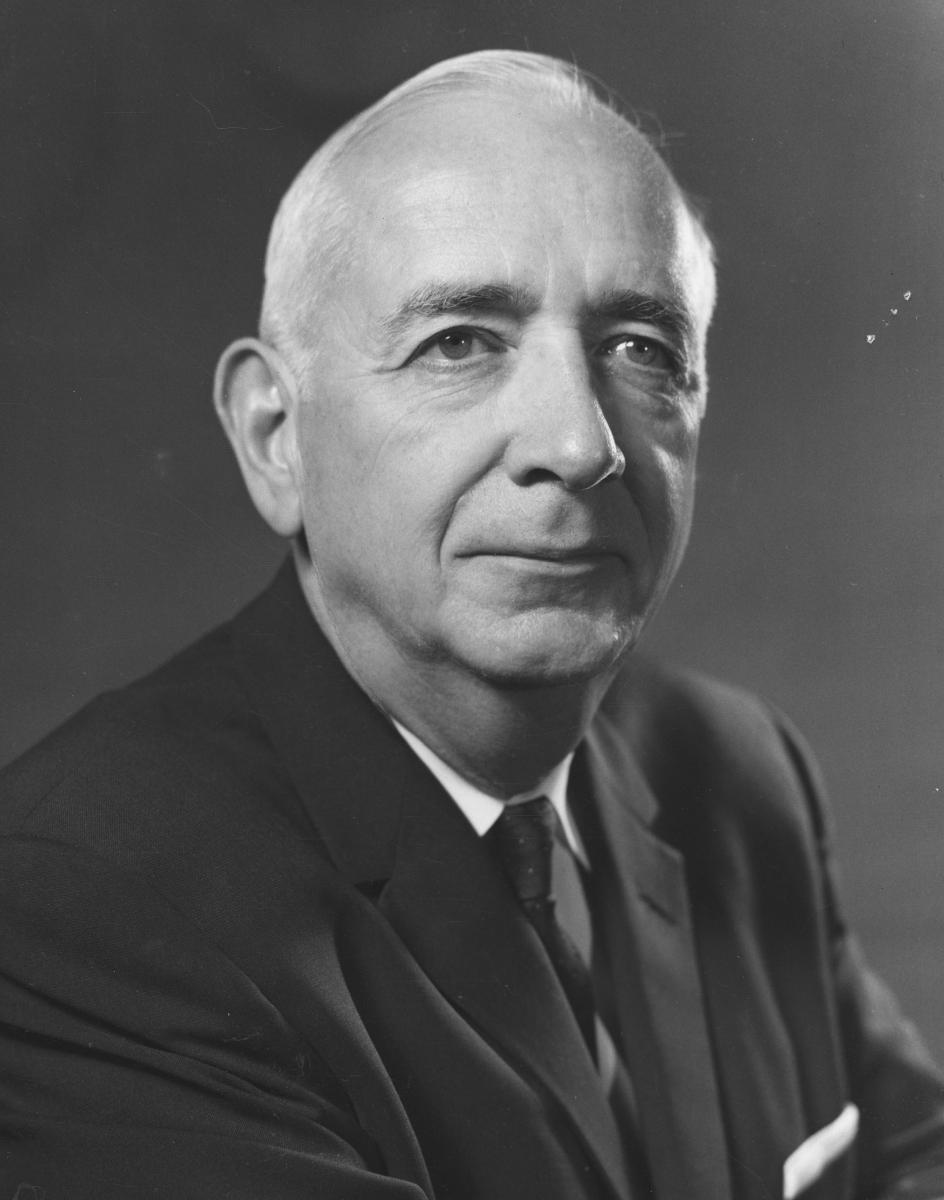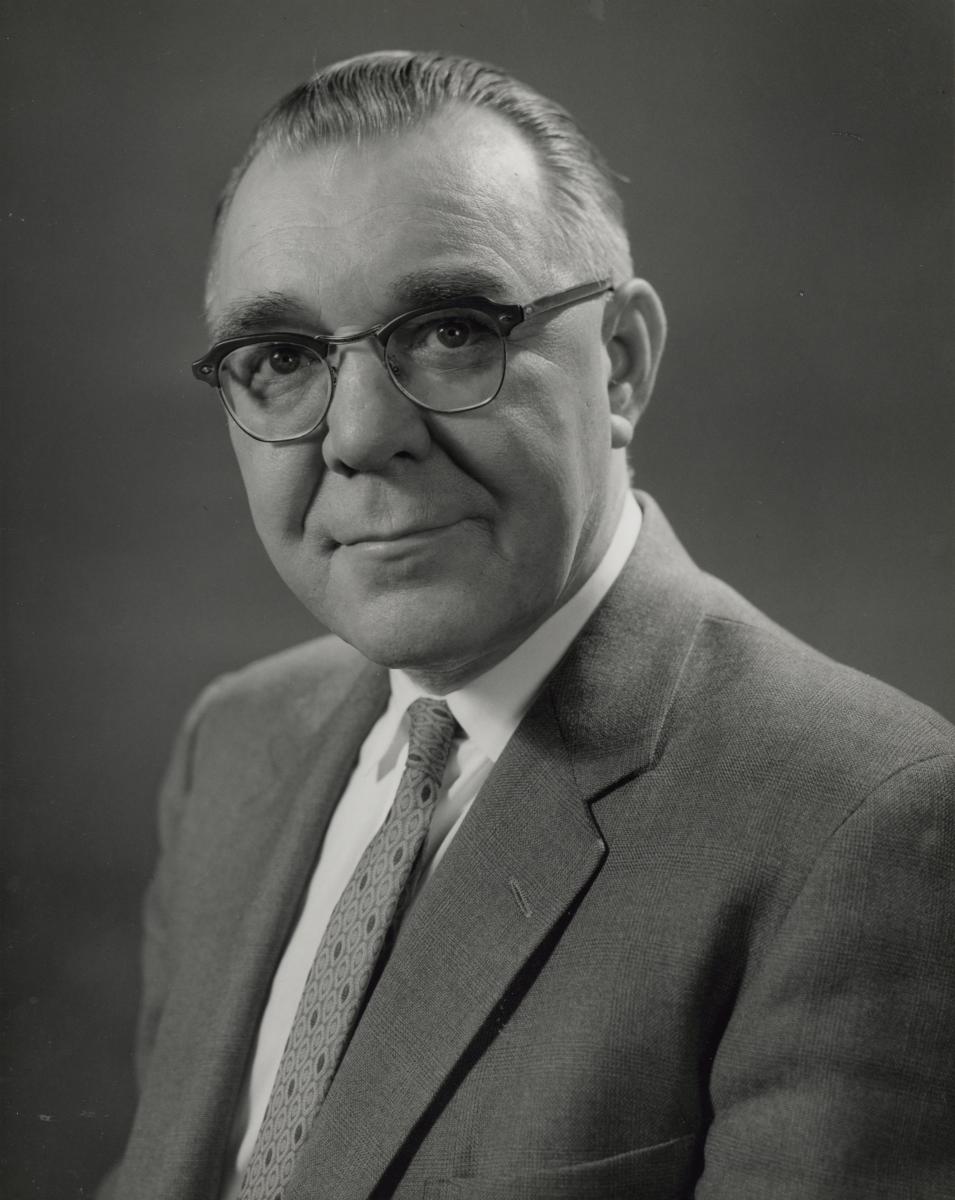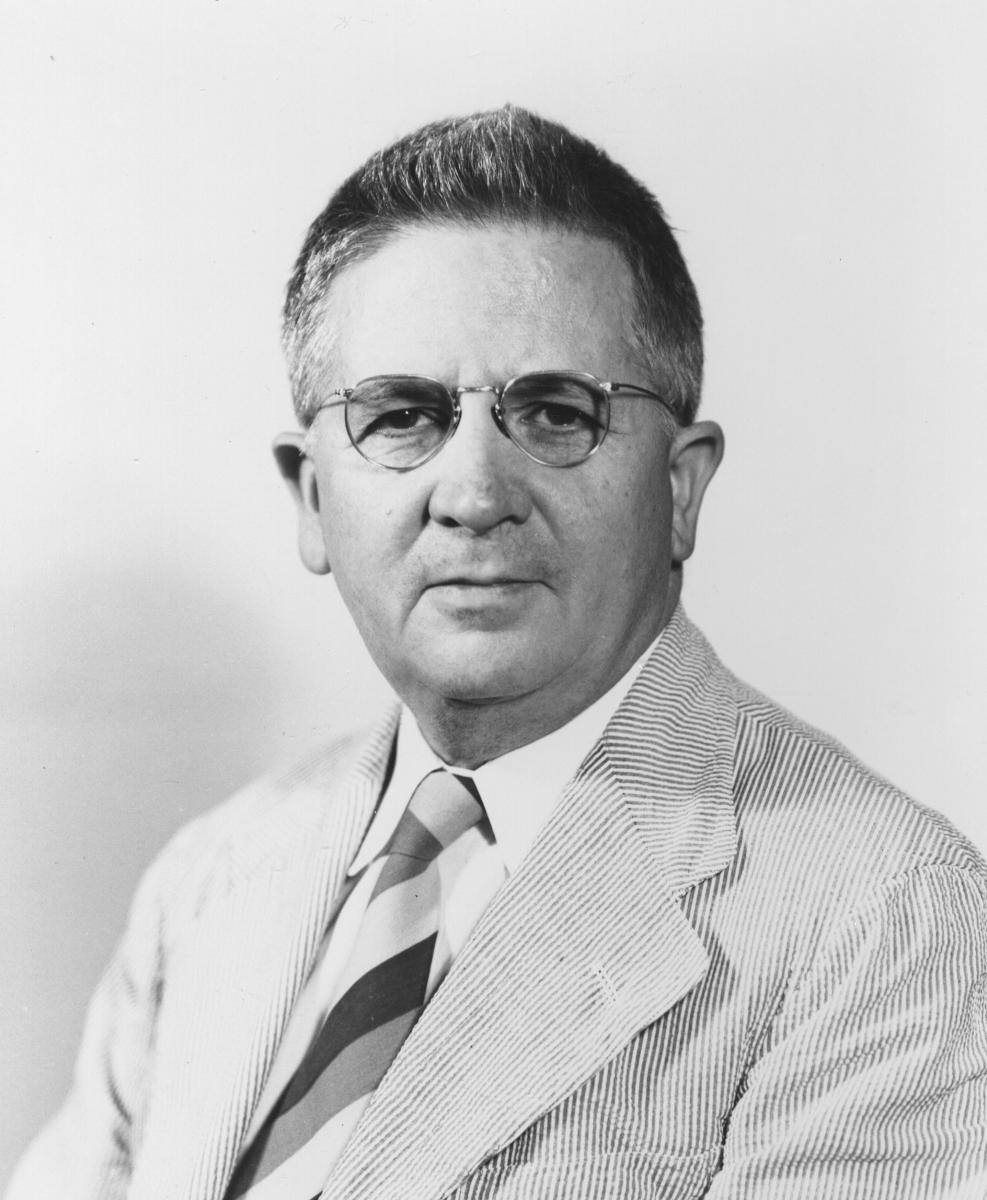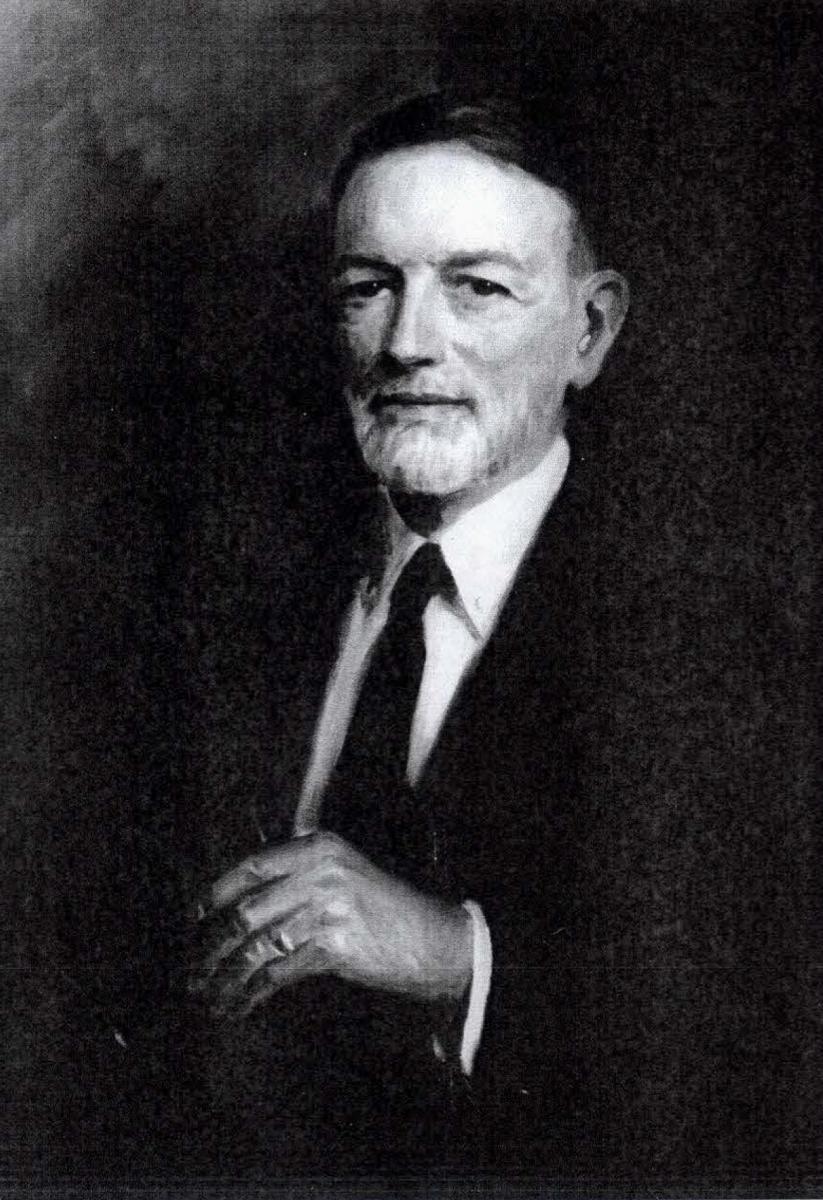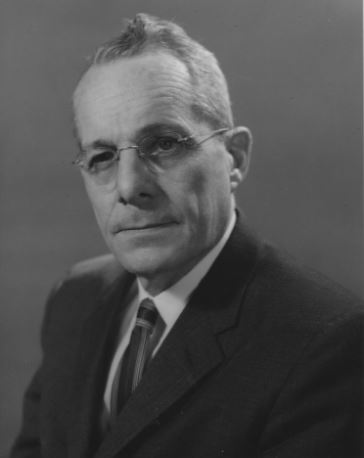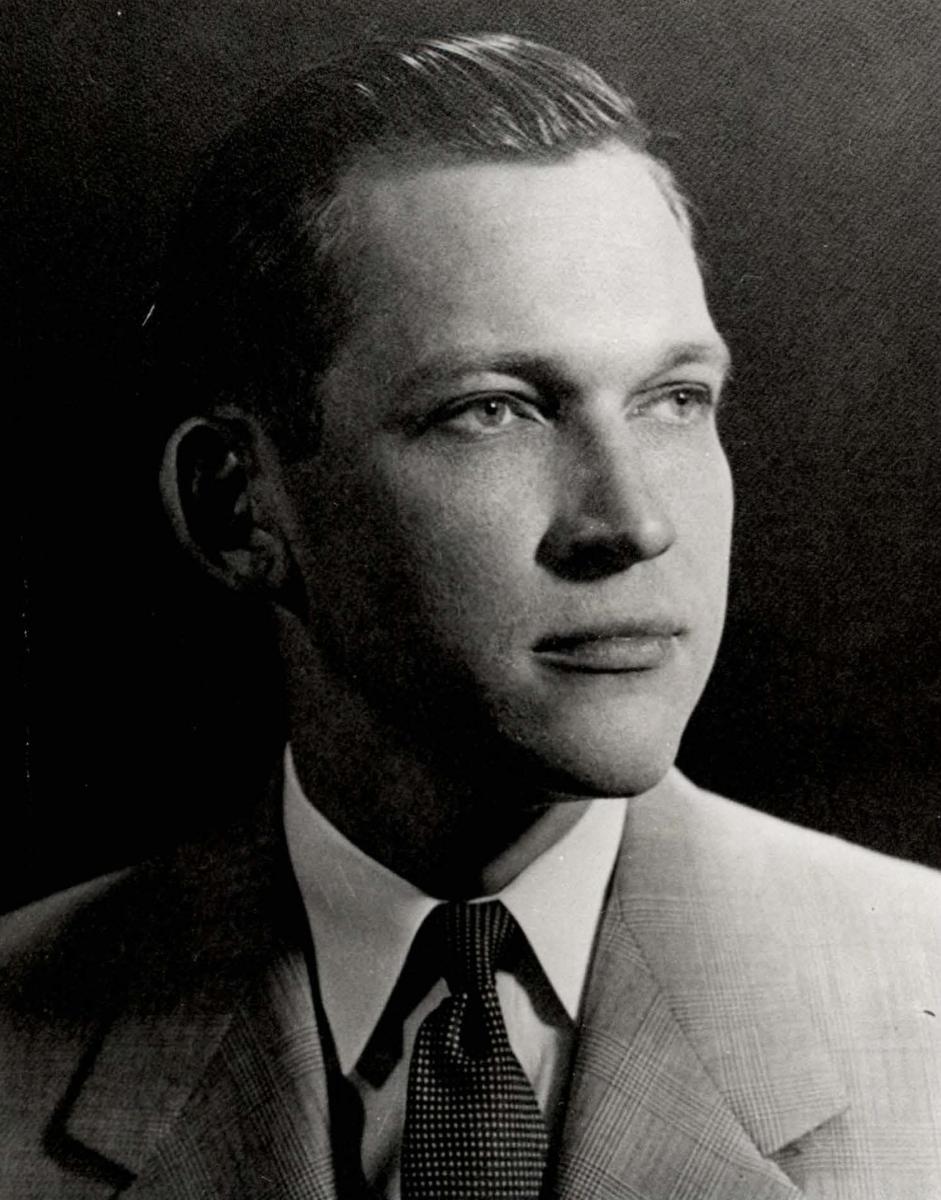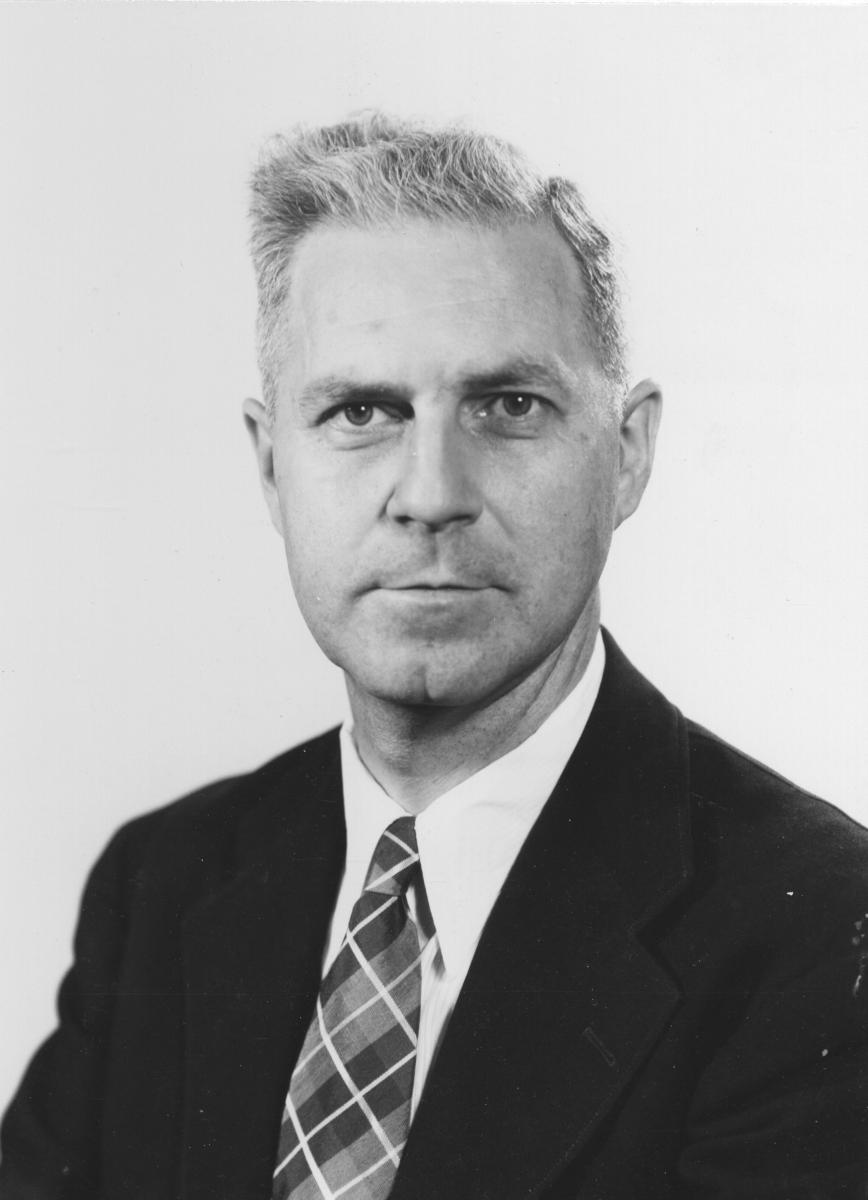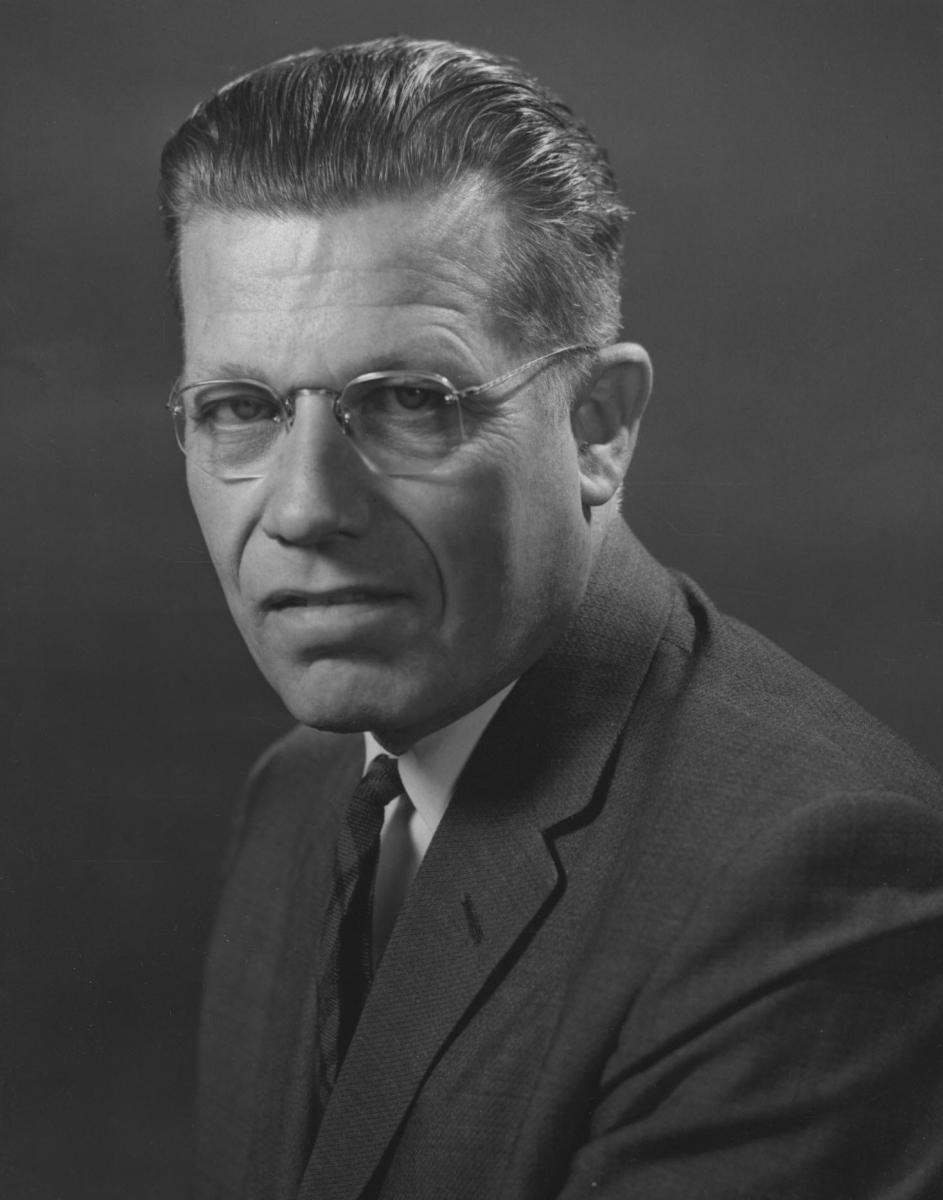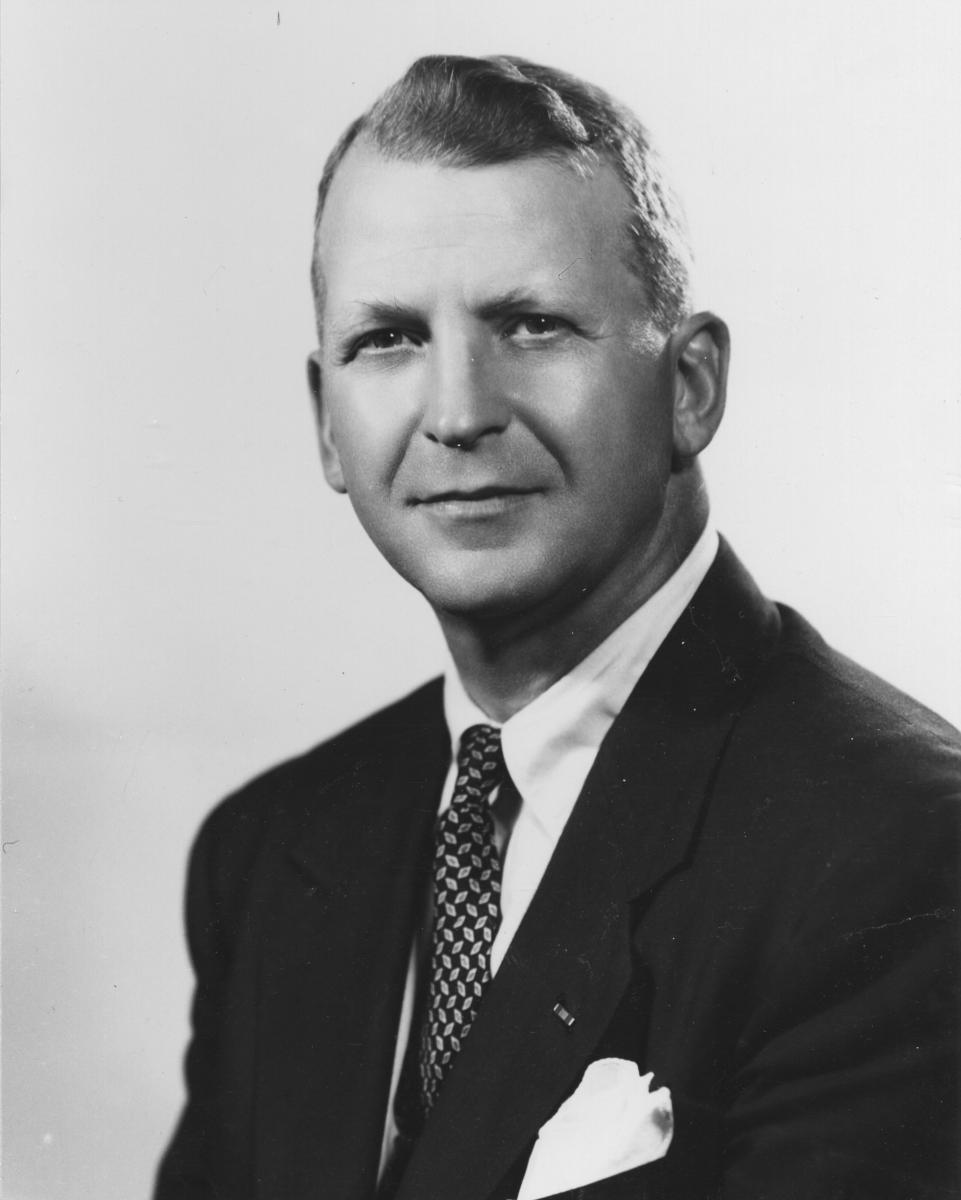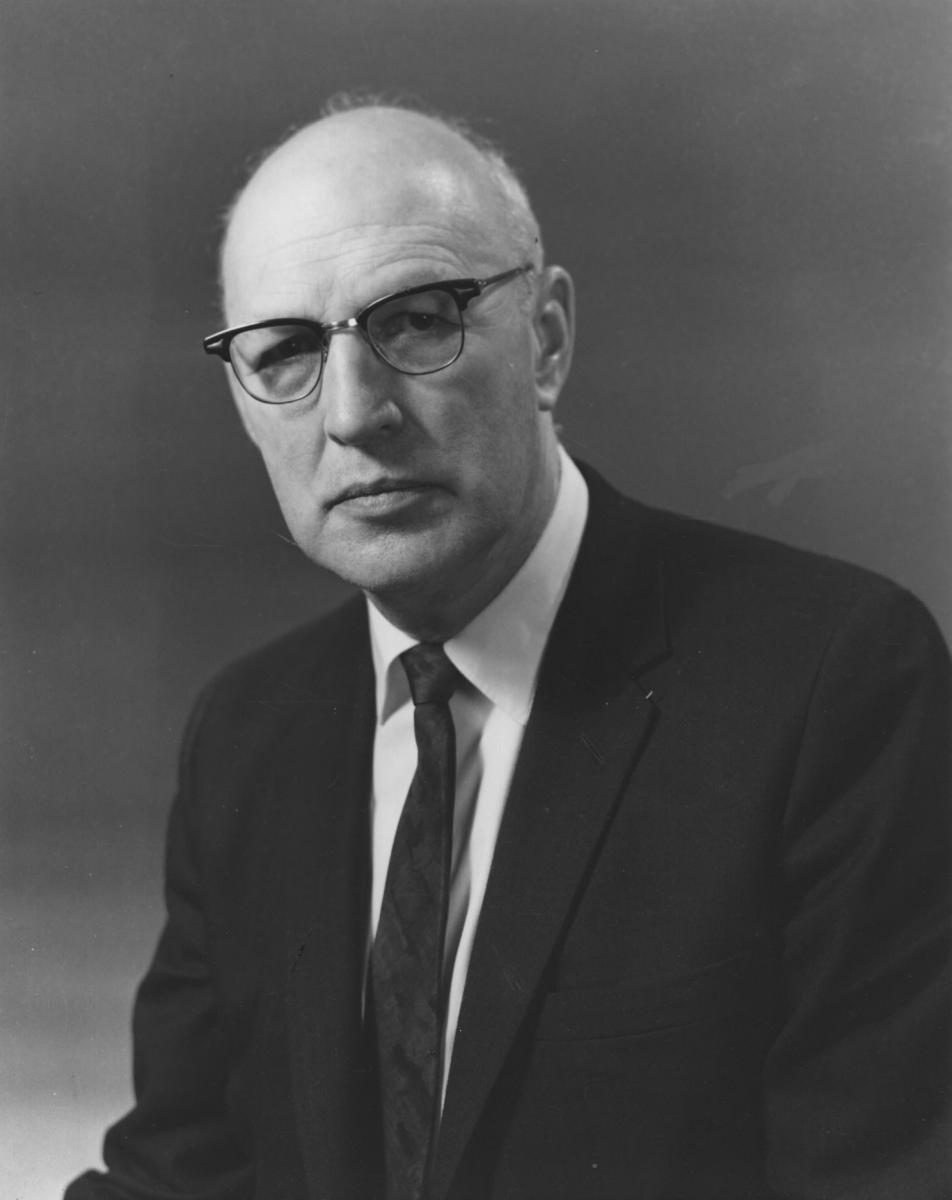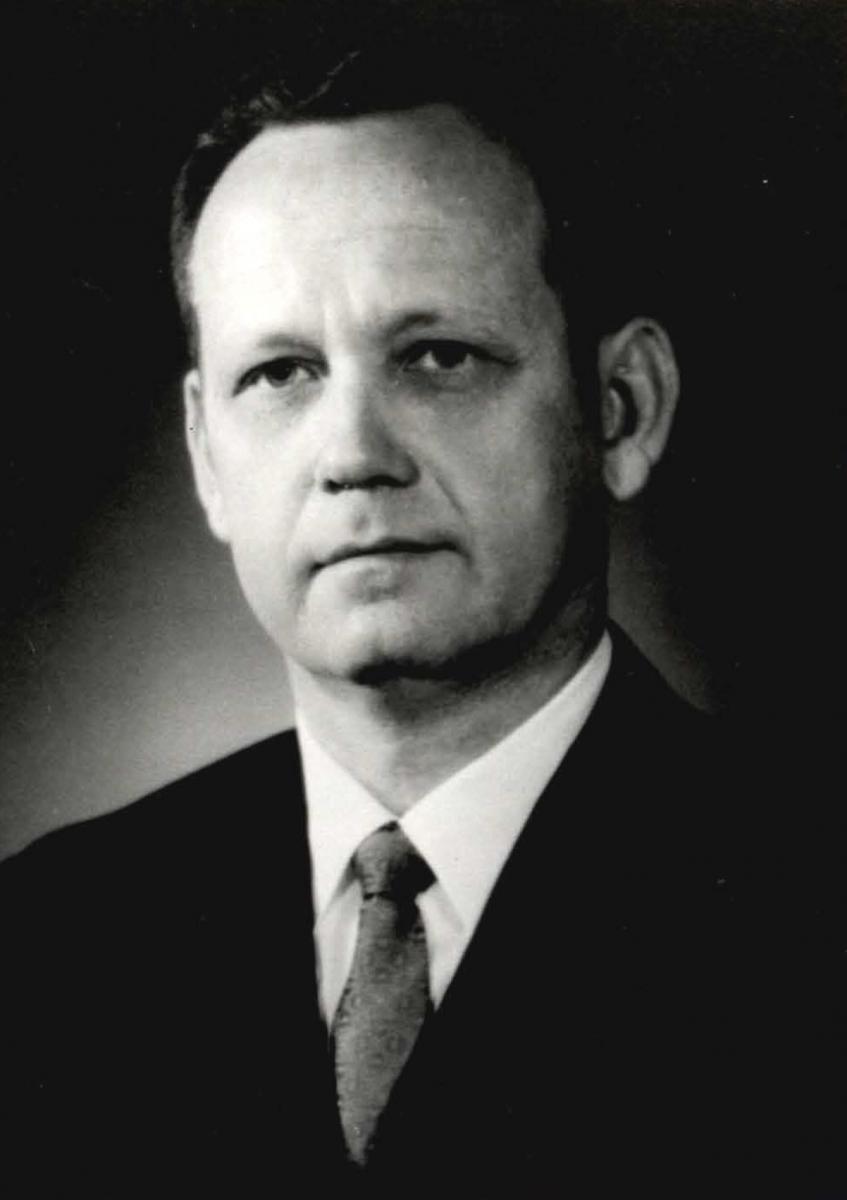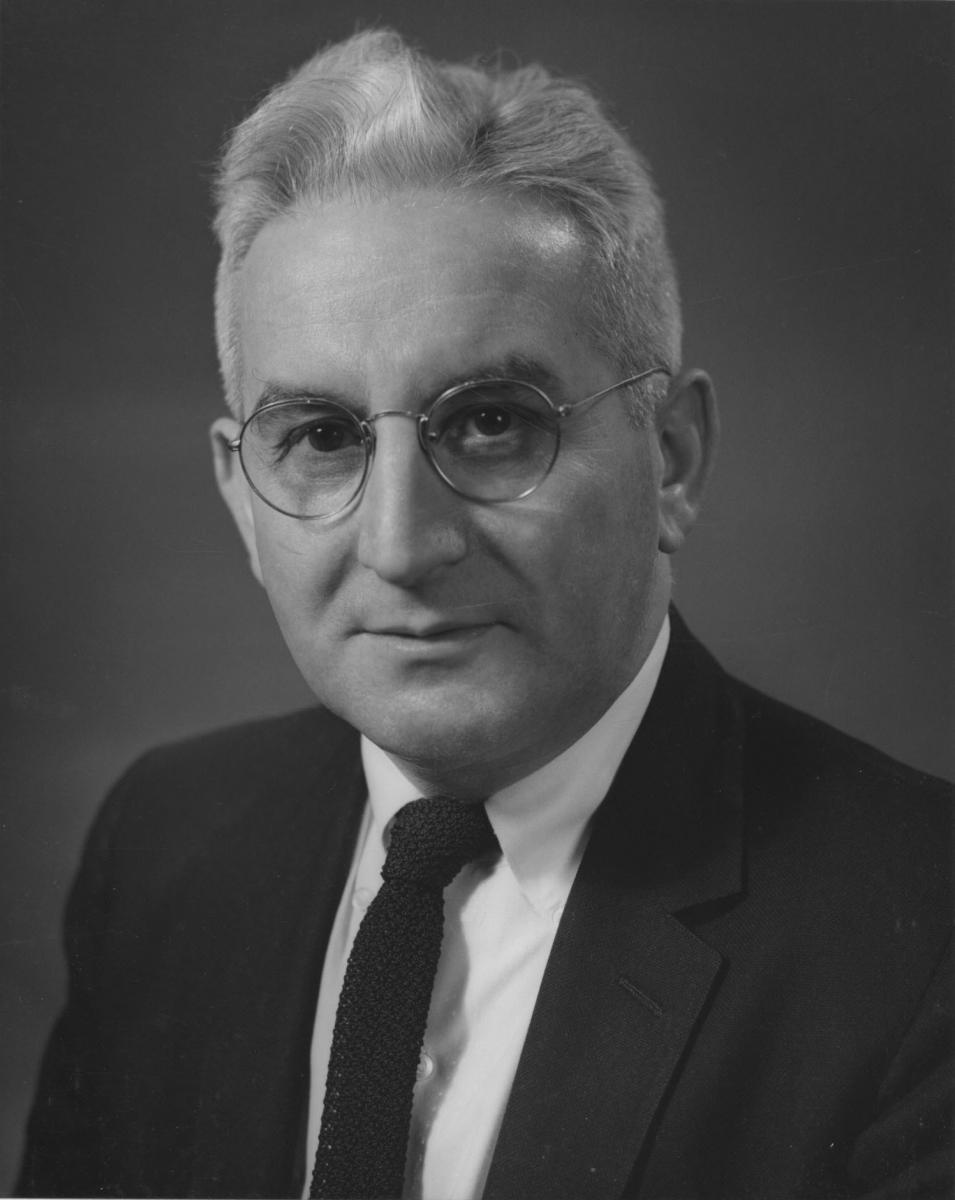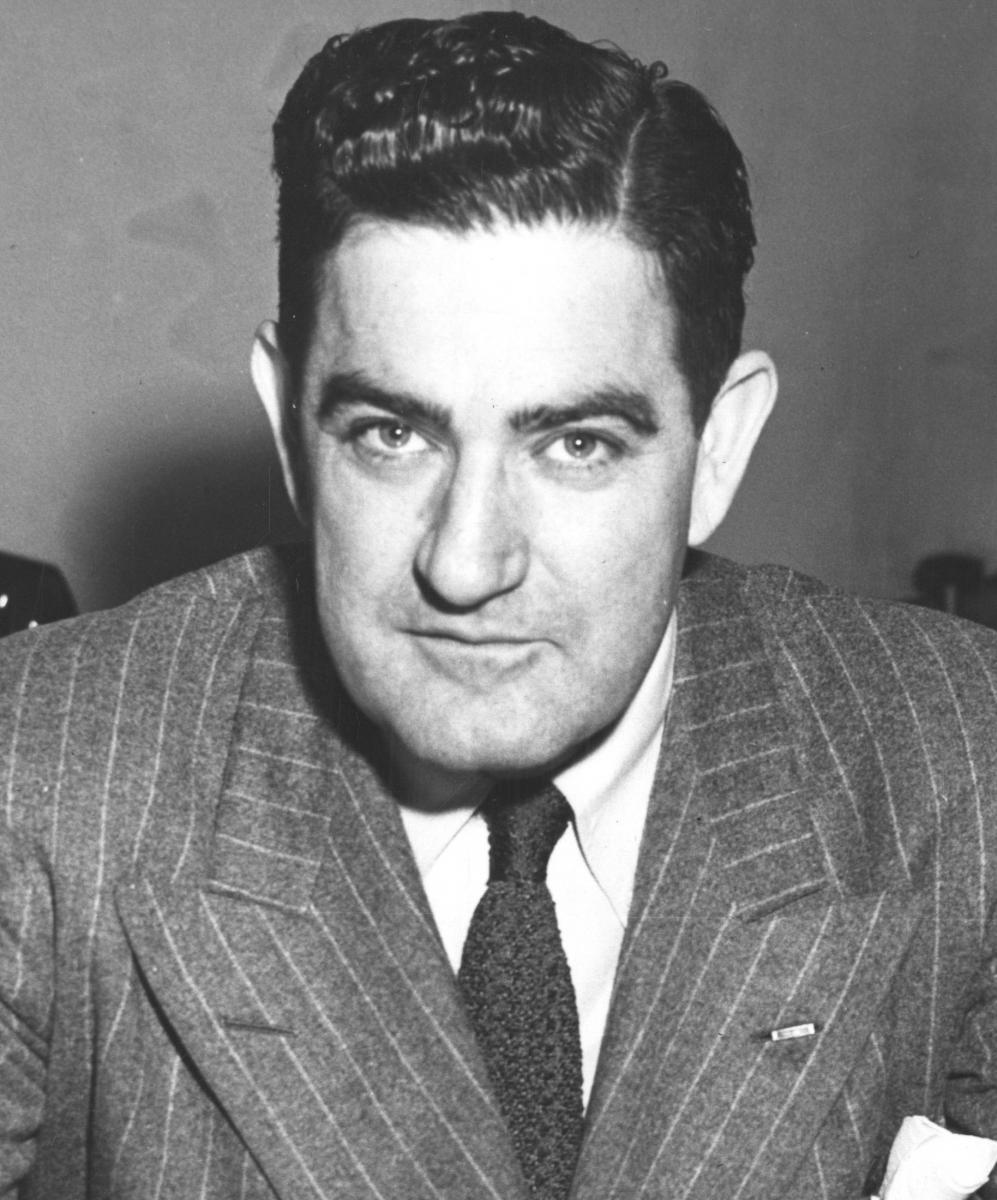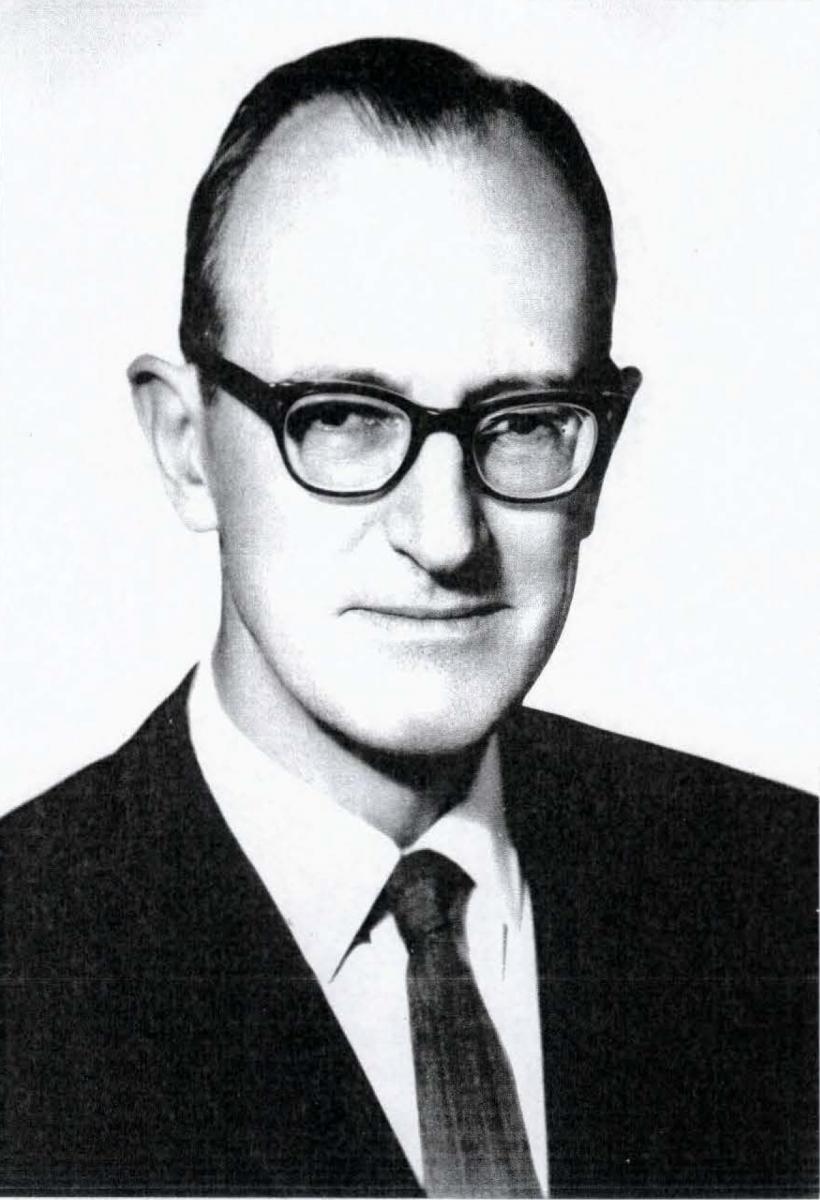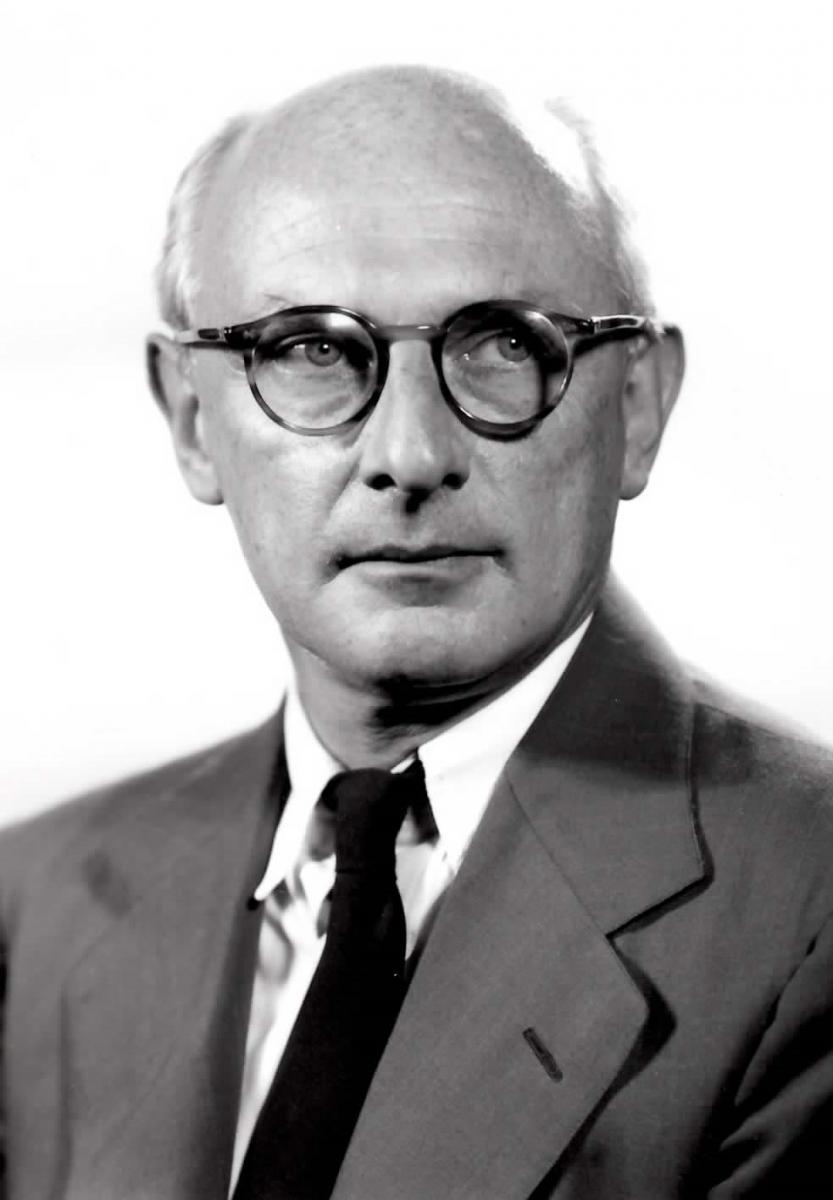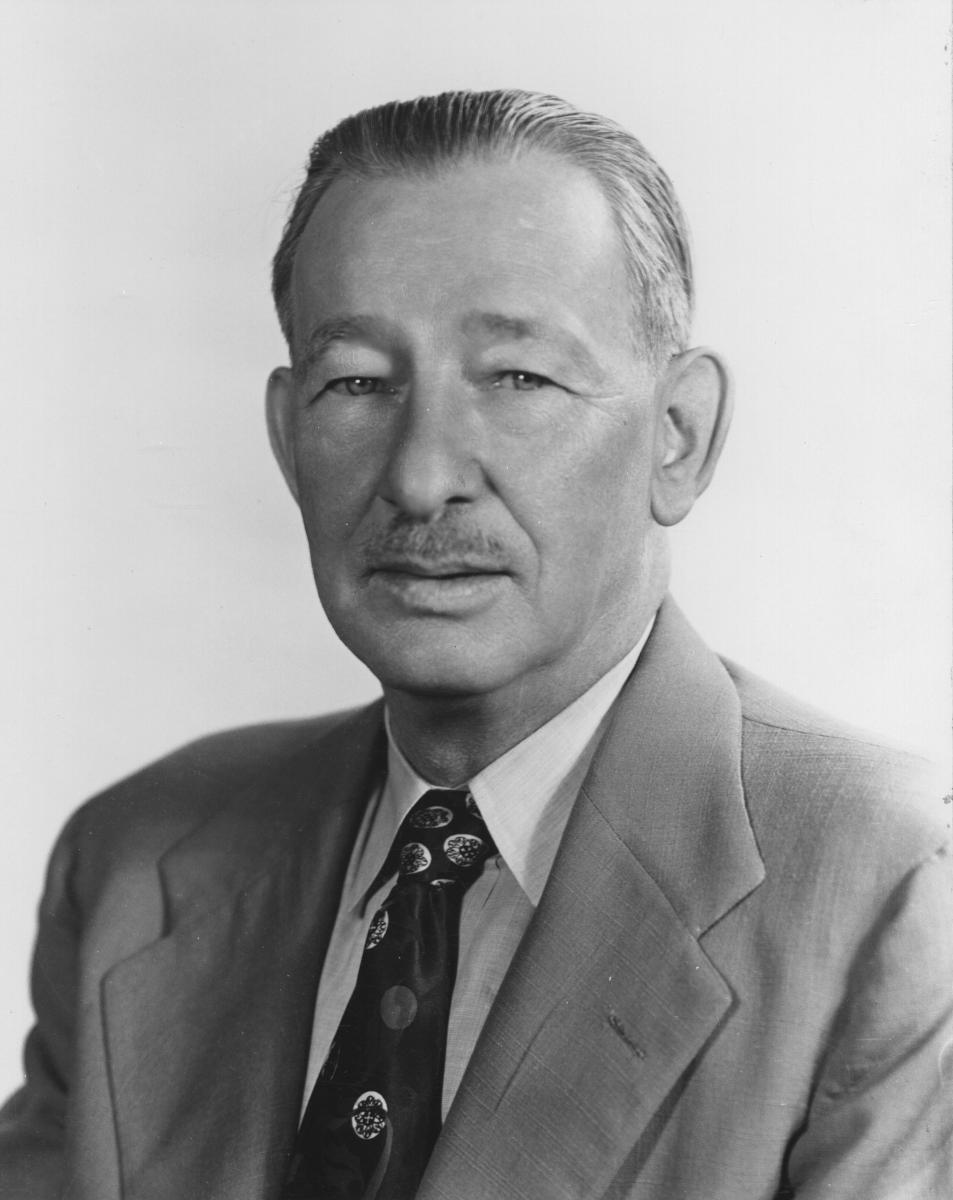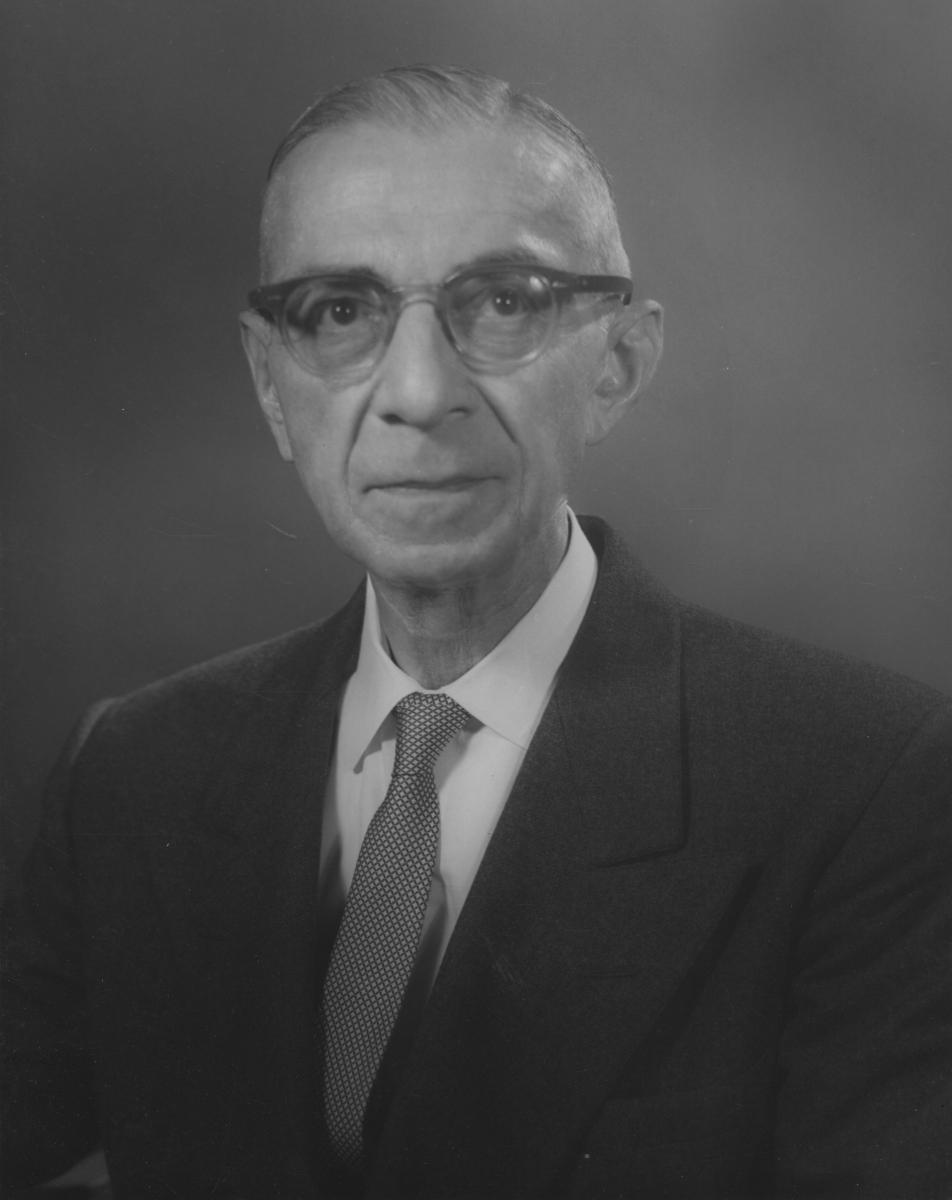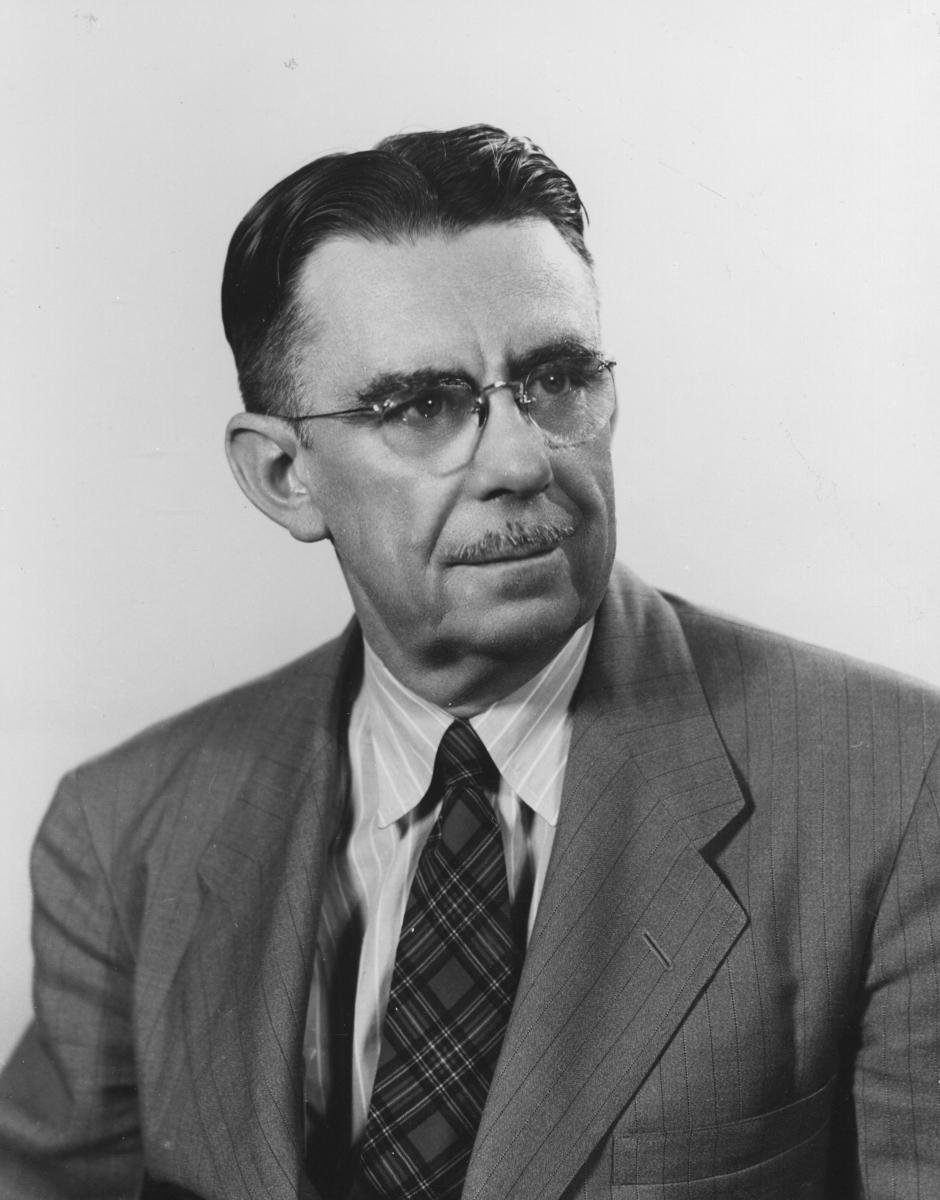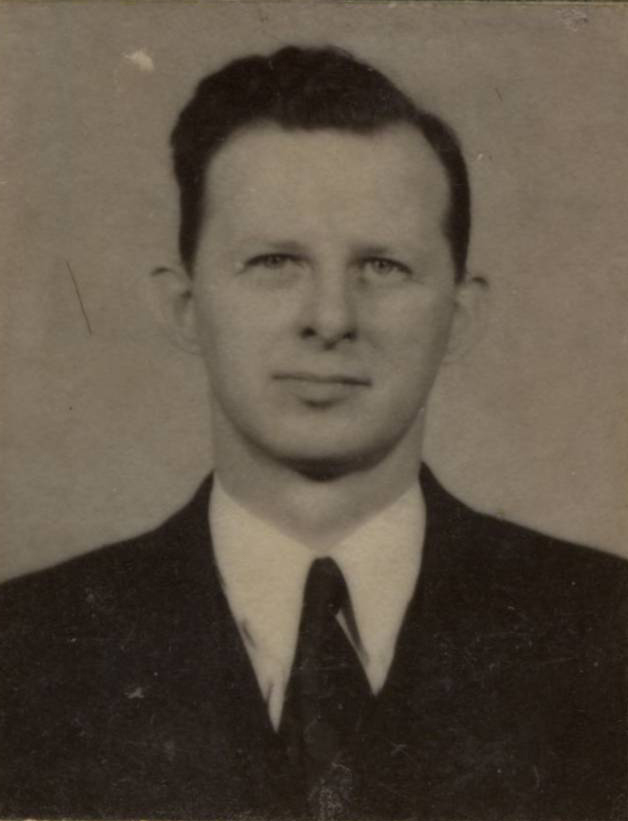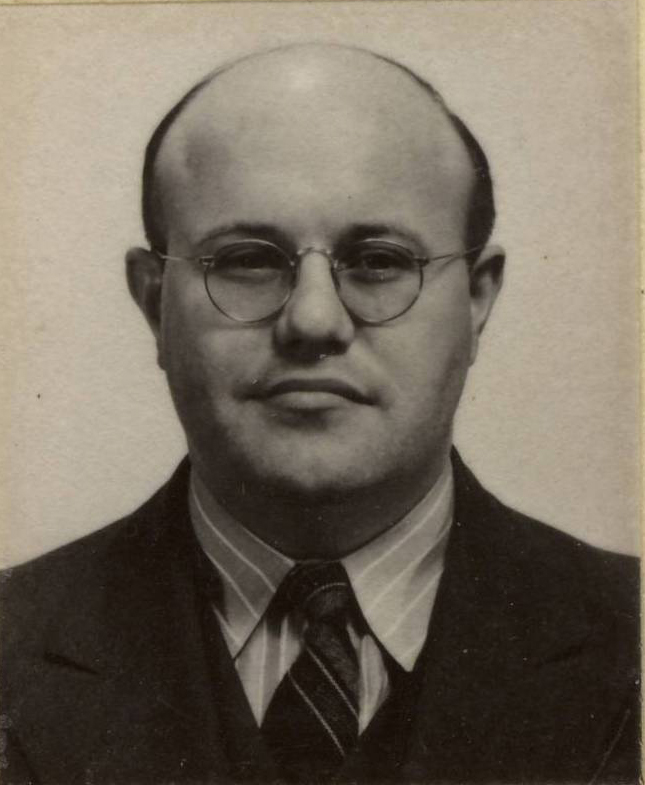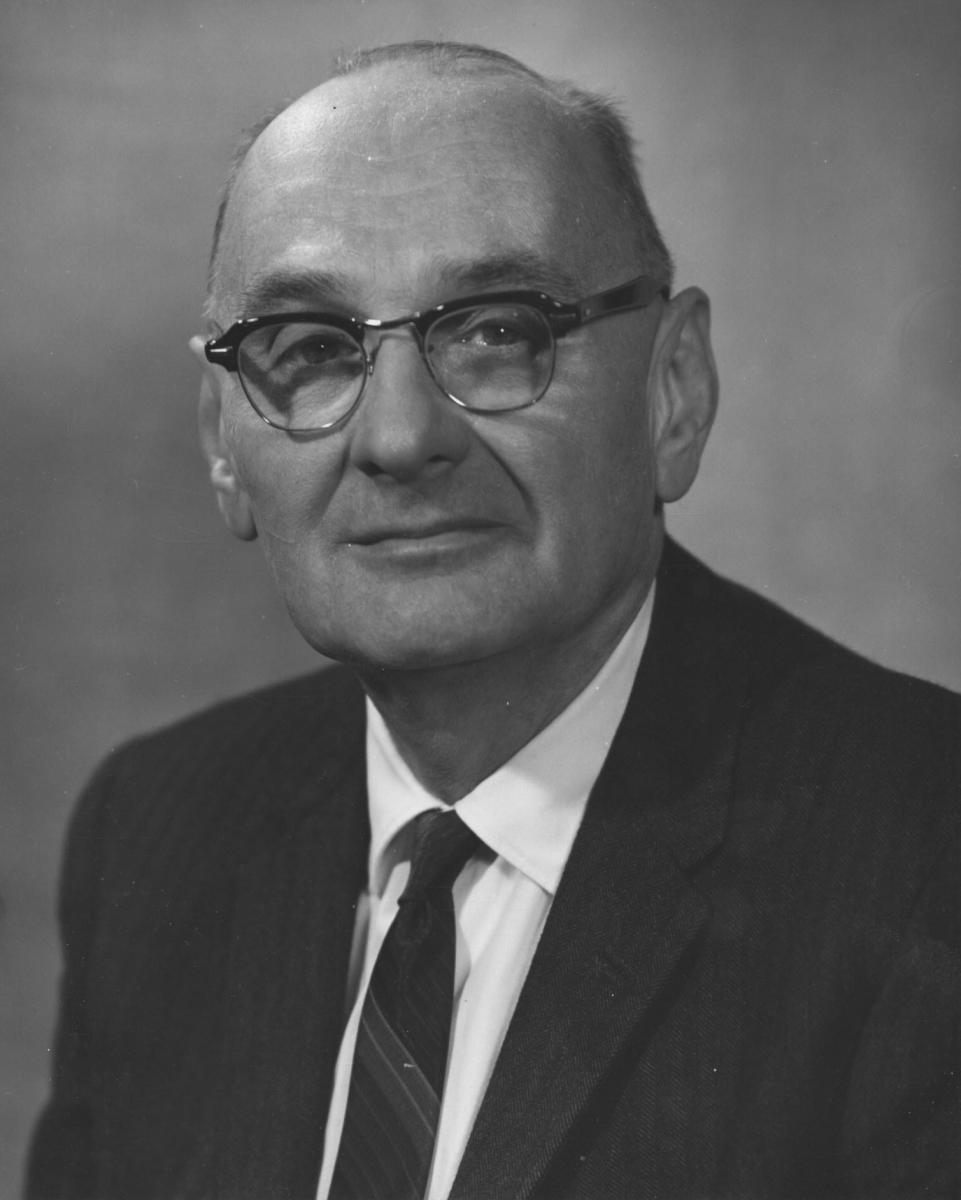
Philip C. Brooks Oral Histories
The National Archives’ first major attempt to document its own history through oral interviews began in 1969. The Archivist of the United States, James “Bert” Rhoads, asked staff to suggest names for an oral history project covering the agency’s early years. In late 1971 he asked Philip C. Brooks, recently retired director of the Harry S. Truman Library, to embark on the first large-scale National Archives oral history project.
Over the next two years, Brooks interviewed several high-level former staff, including fourth Archivist of the United States Robert Bahmer. Most of Brooks’s subjects had come to the National Archives when the agency first began hiring staff in 1935. The interviews provide vital insight into the agency’s formative years.
For more information, consult the files related to this project in Record Group 64, Records of the National Archives.
Disclaimer: The views presented in these oral history interviews are those of the participants and not of the National Archives or the U.S. Government.
Herbert "Herb" Angel came to the National Archives in 1936 as the Assistant Director of Publications. Angel worked in various capacities for both the National Archives and later the General Services Administration. He eventually became Deputy Archivist of the United States and served from 1968 until his retirement in 1972. Angel’s oral history covers initial staff selection and hiring at the National Archives, and the agency’s development in its early years.
Robert Bahmer came to the National Archives in 1936 as a deputy examiner. After departing the National Archives during the mid-1940s, he returned to the agency as Deputy Archivist in 1948, eventually becoming Archivist of the United States in 1965. Bahmer’s oral history covers both the early years of his career, and his time as Deputy and Archivist of the United States. Bahmer left the National Archives in 1968, and passed away in 1990 at the age of 86.
G. Philip Bauer became a research assistant with the Survey of Federal Archives, a Works Progress Administration project, in 1936. He came to the National Archives the following year. Bauer’s oral history covers his career at the National Archives, including the period when the agency was moved into the General Services Administration. Bauer left the National Archives in 1965 and passed away in 1989.
Lester Cappon was a historian, archivist, and documentary editor. He was Director of the Virginia Historical Records Survey from 1936 to 1937. While never employed by the National Archives, Cappon’s interview provides an outside perspective of the agency. For this interview, Cappon answered written questions Philip Brooks had sent him.
Sherrod East started with the Library of Congress in 1933 and transferred to the National Archives in 1937. In his written statement, East discusses the many reorganizations of the National Archives and the various changes, especially related to World War II records.
George Elsey served as adviser to Presidents Franklin D. Roosevelt and Harry S. Truman. He was also President of the American Red Cross. Elsey’s oral history is a supplement to interviews Jerry Hess conducted with Elsey for the Truman Library.
W. Neil Franklin came to the National Archives in 1936 as a special examiner, and when that office was abolished he became an associate archivist for the Division of Veterans Administration Archives. He was chief of the Division of Navy Department Archives from 1943-44, chief of the General Reference Division from 1944-1962, and chief of the Diplomatic, Legal, and Fiscal Branch from 1962-1966. In 1966 he became an archivist in the Territorial Papers Branch, a position he held until his retirement in 1972.
Herman Friis began his career at the National Archives in 1938 as a geographer-archivist in the Division of Maps and Charts. During World War II he served in the Army Air Corps in the China-Burma-India Theater. In 1946, Friis returned to the National Archives to be Assistant Chief of the Division of Cartographic Records. In 1952, he became Chief of that Division, and later Chief Archivist of the Technical Records Division. Friis became Director of the Center for Polar Archives in 1967, a position he held until his retirement in 1976.
Collas Harris was one of the very first persons to be hired by the National Archives in December 1934. He was the agency’s first Administrative Officer (later renamed Executive Officer). His oral history covers his role in overseeing the operations of the National Archives during his two stints, 1934-42 and 1948-52.
Oliver W. Holmes came to the National Archives in 1936 as a deputy examiner. After working in various divisions at the National Archives, Holmes became Director of the National Historical Publications Commission in 1961. In his oral history, Holmes talks about his time before coming to the National Archives and the agency’s early years through World War II. Holmes retired from the National Archives in 1972 and passed away in 1981.
H. G. Jones was Director of the North Carolina State Department of Archives and History. He wrote the book Records of a Nation, which included a history of the National Archives. While most oral histories Brooks collected were with staff, Brooks included Jones to explore how the National Archives interacted with other professional organizations.
Herman Kahn came to the National Archives in 1936 as a deputy examiner. During his more than 30 years with the agency, Kahn served in various capacities, including Director of the FDR Library. In his oral history, he discusses his path to the National Archives, personalities at the agency, and the early Presidential libraries. Kahn retired from the National Archives in 1968 and passed away in 1975.
Jess Larson was the first Administrator of the General Services Administration (GSA) serving from 1949 to 1953. From 1949 to 1985, the National Archives and Records Service was under GSA. In his interview Larson discusses the National Archives incorporation into GSA.
Guy Lee came to the National Archives in 1942 as an editorial assistant for the Division of Information and Publications. Lee was at the National Archives for four years. His oral history covers his career before coming to the National Archives and reference services at the agency during his brief tenure.
In 1935 Archivist of the United States R. D. W. Connor appointed Paul Lewinson deputy examiner, with responsibility for appraising non-current federal records, chiefly those of labor-related agencies. Three years later Lewinson became Director of the Division of Department of Labor Archives. In 1947 he was promoted to Director of the Industrial Records Division, with the added responsibility for appraising, accessioning, and managing the archives of the Department of Commerce and regulatory, social, and scientific agencies. Lewinson retired in 1960 and passed away in 1988.
Thad Page was the first Administrative Secretary at the National Archives serving from 1935 to 1947. Page went on to become Chief of the Legislative Reference and Records Division. His oral history covers the tenures of Archivists R.D.W. Connor, Solon Buck, and Wayne Grover. Page retired from the National Archives in 1960. He passed away on September 5, 1973, in Alexandria, VA.
Ernst Posner was a German archivist of Jewish descent who fled to the United States during World War II. He secured a position teaching archival administration at American University, and was key in helping the National Archives safeguard its records when the United States entered the war. Posner’s interview consists of his written answers to a list of Brooks’s questions.
Marcus Price came to the National Archives in 1935 as the Assistant Director of Archival Services. Price went on to become the director of a number of divisions within the National Archives. In his oral history, Price talks about how the National Archives was organized in its early years as well as some of its personalities. Price retired from the National Archives in 1960.
Walter “Walt” Robertson began his career at the National Archives in 1941 as a junior laborer and by the time he retired in 1975 he was the agency’s Executive Director. Note: this oral history was not part of the Philip Brooks project but was instead published in the National Archives and Records Service newsletter in 1976. The file also includes a photograph of him receiving a Distinguished Service Award in 1963. Robertson passed away in 2013 at age 96.
Fred Shipman
Fred Shipman was one of the first professionals Archivist of the United States R. D. W. Connor selected in 1935. In 1936, Shipman was appointed chief of what became the Division of State Department Archives. In 1938, Shipman became involved with President Roosevelt’s plans to establish a Presidential library, and on July 16, 1940, Shipman became the first Director of the FDR Library. In 1948, he left to take a position within the National Security Resources Board. Shipman’s interviews consist of three parts: Part I conducted on March 27, 1973,Part II conducted on May 23, 1973,and Part III conducted on June 24, 1973.
Vernon Tate was appointed on May 1, 1935, as the first Chief of the National Archives Division of Photographic Reproduction and Research. His oral history covers the early years of the microfilm program at the National Archives. Tate left the National Archives in 1946.
Karl Trever was hired as an archivist for the National Archives in 1936. He made his way through various divisions at the National Archives retiring in 1964 as the Special Assistant to the Archivist for Presidential Libraries. Trevor’s interview provides insight into the agency’s early years from the perspective of a staff member and includes one of his favorite memories: the Constitution and Declaration of Independence coming to the National Archives in 1952.
